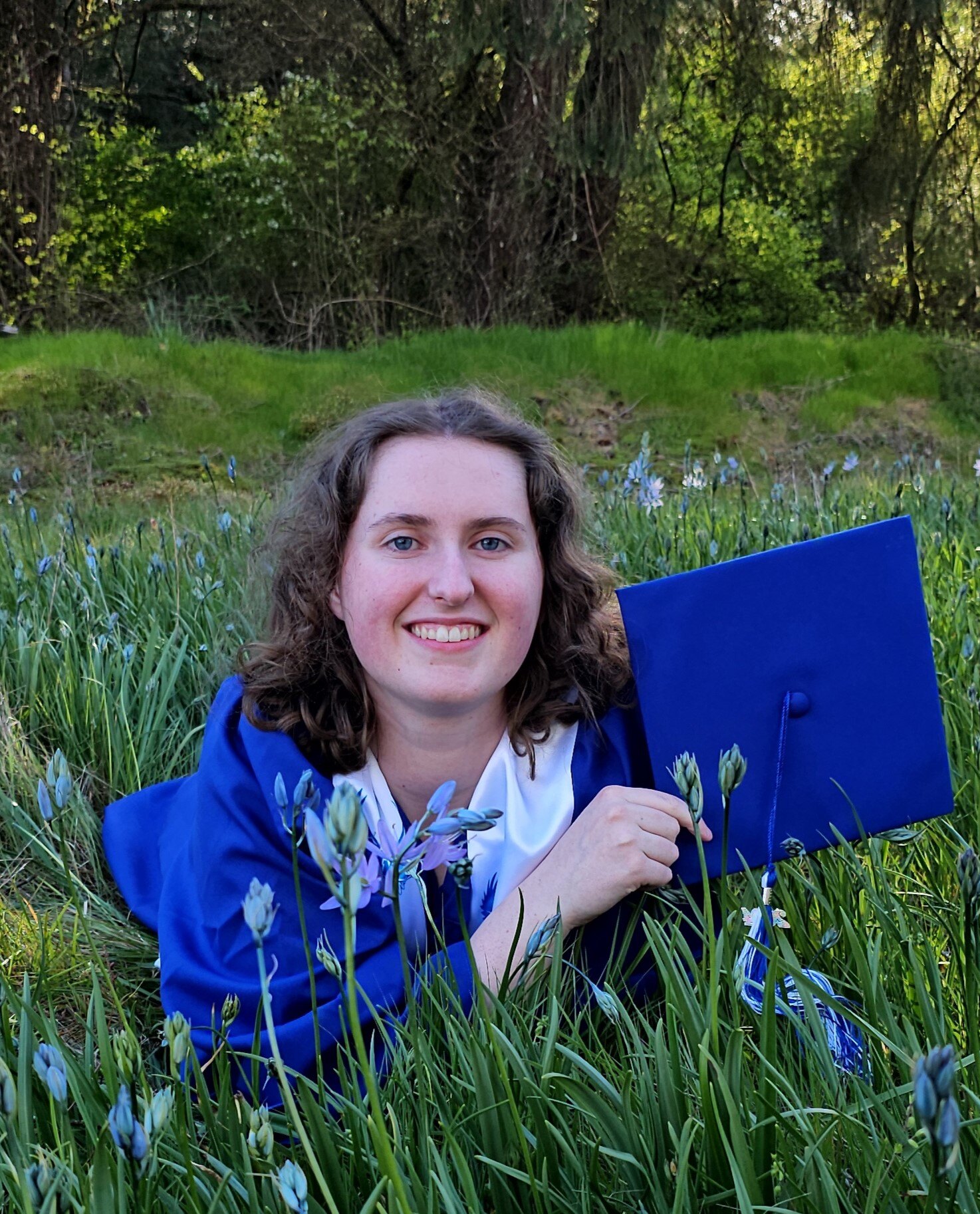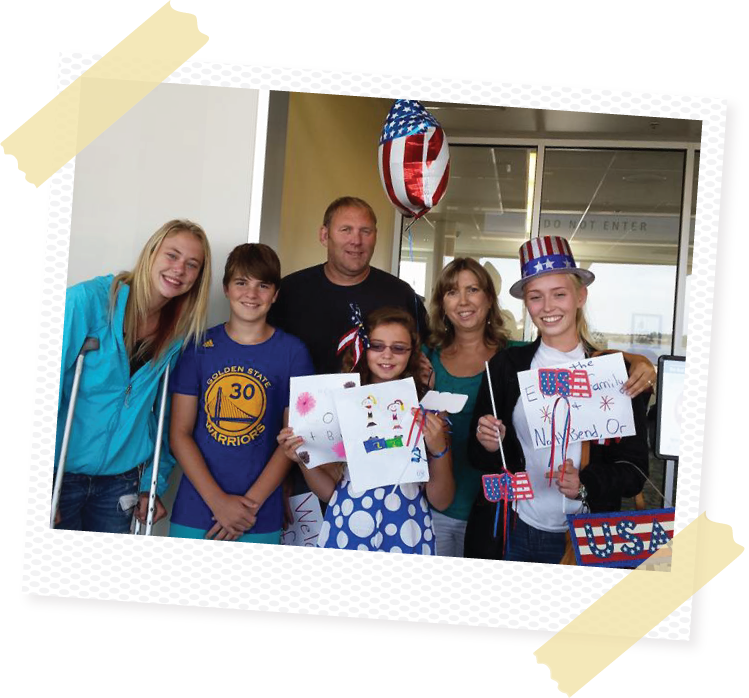Alyssa Pearson - Oakville, Washington
Alyssa is headed to Eastern Washington University to pursue a degree in Chemistry with a focus on forensic science. Her long-term career goal is to attend medical school and become a forensic pathologist.
As a passionate advocate for cultural exchange and diversity, I believe there are numerous ways in which I can facilitate the integration of exchange students into my school and community, fostering an environment of inclusivity and mutual understanding. One approach is to establish a welcoming committee of students from diverse backgrounds who can serve as mentors and guides for incoming exchange students. These student ambassadors can offer practical assistance, such as providing campus tours, helping with course selection, and introducing them to extracurricular activities.
Additionally, organizing cultural exchange events and activities can facilitate meaningful interactions between exchange students and their peers, promoting cross-cultural understanding and appreciation. These events could include international food festivals, language exchange programs, and cultural workshops where students can learn about each other's traditions, customs, and perspectives. By actively participating in these activities, exchange students can feel valued and respected members of the school community while also sharing their own cultural heritage with their peers.
Moreover, creating opportunities for collaborative projects and group activities can further enhance the integration process. Pairing exchange students with local students for group projects, team sports, or community service initiatives encourages teamwork, communication, and friendship-building across cultural boundaries. Through shared experiences and common goals, students can develop meaningful connections and forge lasting friendships that transcend cultural differences.
In addition to fostering integration within the school environment, it is essential to involve exchange students in community outreach and engagement initiatives. Encouraging them to participate in local volunteer projects, cultural festivals, and community events not only exposes them to the rich diversity of the community but also allows them to contribute positively to their new surroundings. By actively engaging with the broader community, exchange students can develop a sense of belonging and connection, enriching their overall experience and fostering mutual respect and appreciation among community members.
Furthermore, promoting cross-cultural dialogue and education through workshops, seminars, and guest lectures can deepen understanding and appreciation of cultural diversity among students and faculty alike. By providing opportunities for open and respectful discussions on topics related to culture, identity, and global issues, we can create a more inclusive and welcoming environment where all students feel valued and respected.
In conclusion, integrating exchange students into our school and community requires a concerted effort to foster meaningful connections, promote cultural exchange, and create an environment of inclusivity and acceptance. By implementing initiatives such as student mentorship programs, cultural exchange events, collaborative projects, community engagement activities, and cross-cultural education, we can provide exchange students with the support, resources, and opportunities they need to thrive academically, socially, and culturally. Through these efforts, we can enrich the fabric of our school community and create a more interconnected and globally-minded society.


